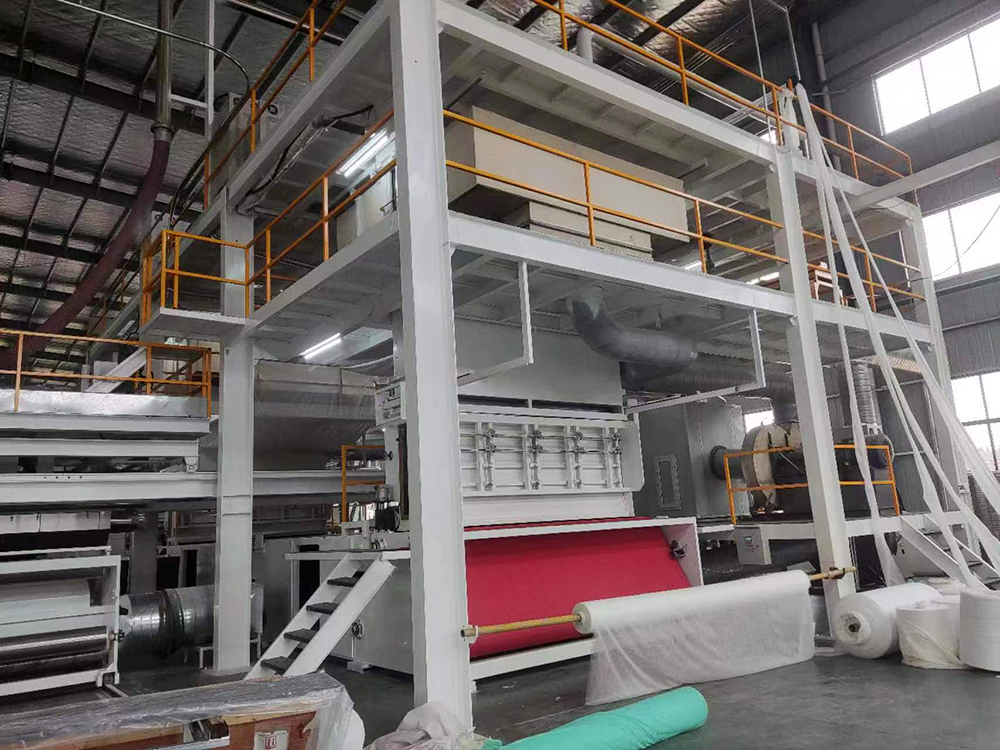Advantages of non-woven fabrics:
Non-woven fabrics are non-woven fabrics, also known as non-woven fabrics. A sheet, web or batt made of oriented or randomly arranged pure natural cotton and linen fibers bonded to each other by friction, cohesion or bonding or a combination of these methods. The non-woven material has a unique hollow structure, which is convenient for ventilation, formaldehyde-free, waterproof and moisture-proof, and can effectively adjust the indoor air humidity. It is rich, recyclable, and feels friendly and natural. Its filaments have strong weaving tension. When the whole non-woven paper is completely burned, only carbon dioxide and water will be produced, and no toxic gas will be produced. It is a new type of environmentally friendly wallpaper that can be safely attached to various rooms in the home.
Disadvantages of non-woven fabrics:
Because non-woven wallpaper is made of pure natural plant fibers, the lack of other chemical additives means that its form and color options are very narrow, and there are not as many colors as ordinary wall varieties. There is also a big gap in price between non-woven wallpaper and ordinary wallpaper. It is made of pure natural plant fibers. The whole production process is very complicated, so the cost is relatively high, and the price is higher than ordinary wallpaper. expensive.
Application of auxiliaries in non-woven fabrics:
improve the dispersion of filler masterbatch and pigment masterbatch, and obtain good mechanical properties and brightly colored threads; reduce the breakage of non-woven fabrics and the decline of fiber strength; reduce the surface of the thread. The friction coefficient prevents the wire from sticking and surface static electricity; it improves the processing fluidity, and the wire drawing production is stable; the surface of the wire is silky, delicate and bright.
